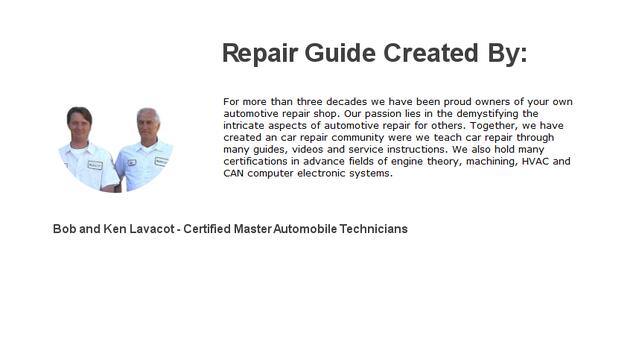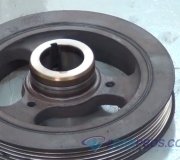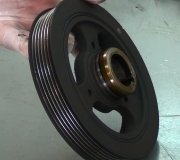Introduction
The harmonic balancer, also known as a crankshaft damper or vibration dampener, is a crucial component in an internal combustion engine. As you may know, as an engine operates it creates individual pulses as each cylinder fires and spins the crankshaft. Because these pulses are divided into equal portions depending on the engine's cylinder count, there will be an inherent vibration. This is corrected by the crankshaft counterweights, flexplate or flywheel and the harmonic balancer.
Function of a Harmonic Balancer
A harmonic balancer or dampener is constructed with a weighted outer circular part unit used to help an engine stay in balance. Without a properly functioning balancer, these vibrations can lead to premature wear and potential failure of engine components.
- It dampens torsional vibrations in the crankshaft.
- Prevents engine damage by reducing stress on the crankshaft
- Helps maintain smooth engine operation, improving overall performance.
Harmonic Balancer Components
A harmonic balancer consists of six main components:
- Inner Hub: This part is securely attached to the crankshaft and rotates with it.
- Elastomer Ring: A rubber or polymer ring that absorbs vibrations and isolates the outer ring from the crankshaft.
- Outer Ring: The heavy mass that provides the damping effect, reducing crankshaft vibration.
- Keyway: Used to hold the balancer onto the crankshaft in the correct orientation.
- Removal Method: All balancers have a removal method, either three bolt holes or bulk heads for a puller to be attached too.
- Front Main Seal Hub: A flat circular surface in which the front main seal can ride against.
Balancer (Rear)
Conclusion
The inner hub of the harmonic balancer rotates with the crankshaft, transmitting vibration forces to the elastomer ring which absorbs and dissipates these vibrations by flexing and transferring energy to the outer ring. No engine that we know of has a reverse thread dampener bolt which is tight (about 140 foot pounds) on the front the crankshaft. Some balancers will pull off the crankshaft by hand once the main bolts is removed with no puller needed.
Credits
This guide knowledge base was created by the 2CarPros Team, and by Ken Lavacot: Automobile repair shop owner and certified master automobile technician of over 30 years. If you have question or need help please ask one of our experts we are happy to help. Please visit our 2CarPros YouTube Channel.






